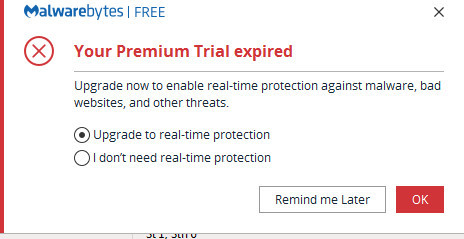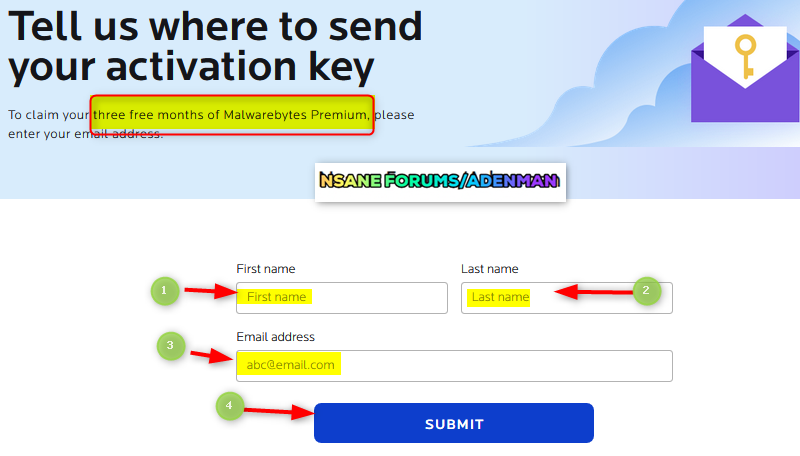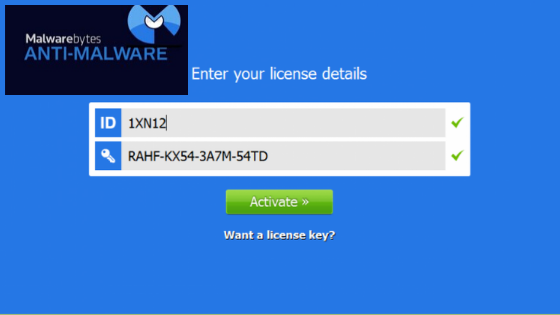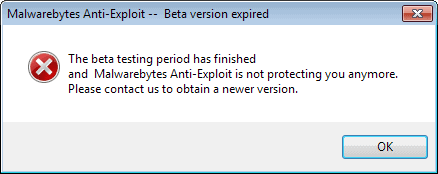


Once up and running, they then can steal personal data, crash a device, spy on activities or even launch an attack.Īdware programs push unwanted advertisements at users and typically display blinking advertisements or pop-up windows when you perform a certain action. Trojans masquerade as harmless applications, tricking users into downloading and using them. But spyware is also available to consumers, allowing purchasers to spy on their spouse, children and employees. Spyware is often used by law enforcement, government agencies and information security organizations to test and monitor communications in a sensitive environment or in an investigation. Spyware enables its users to monitor all forms of communications on the targeted device. Spyware is a program installed on your computer, usually without your explicit knowledge, that captures and transmits personal information or Internet browsing habits and details to its user. Worms have the ability to copy themselves from machine to machine, usually by exploiting some sort of security weakness in a software or operating system and don’t require user interaction to function. In a typical scareware scam, you might see an alarming message while browsing the Web that says “Warning: Your computer is infected!” or “You have a virus!” Cybercriminals use these programs and unethical advertising practices to frighten users into purchasing rogue applications. This malware installs itself onto a victim’s machine, encrypts their files, and then turns around and demands a ransom (usually in Bitcoin) to return that data to the user.Ĭybercriminals scare us into thinking that our computers or smartphones have become infected to convince victims to purchase a fake application.

One of the most profitable, and therefore one of the most popular, types of malware amongst cybercriminals is ransomware. Once the victim opens the file, the device is infected.

Unfortunately, there is a lot of malware out there, but understanding the different types of malware is one way to help protect your data and devices:Ī virus usually comes as an attachment in an email that holds a virus payload, or the part of the malware that performs the malicious action.


 0 kommentar(er)
0 kommentar(er)
